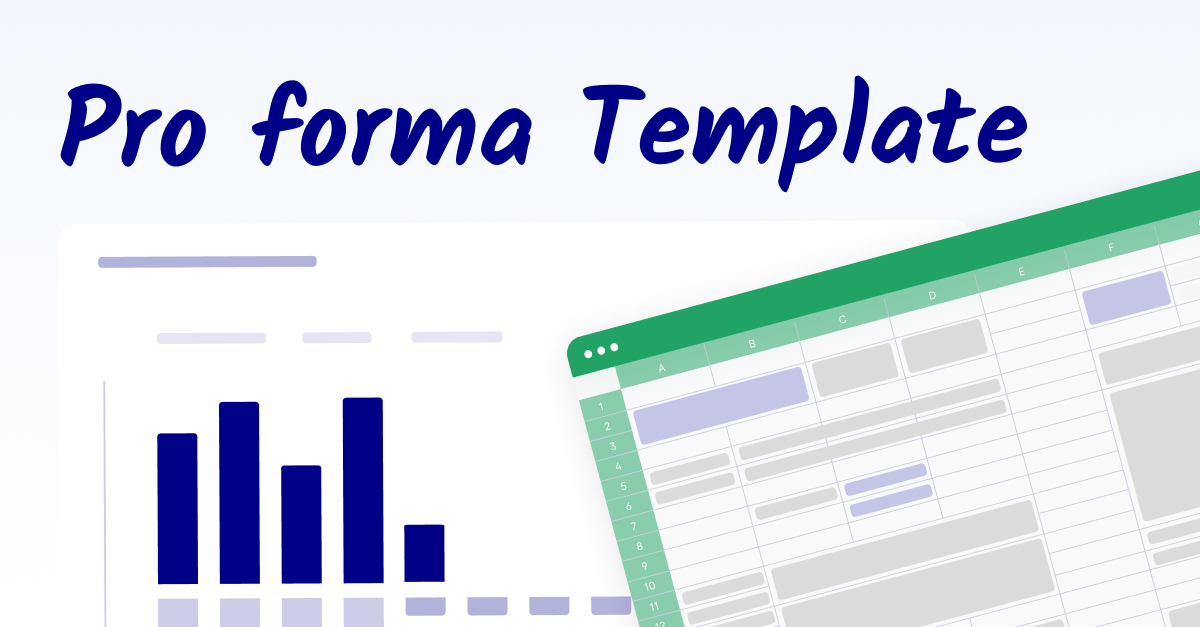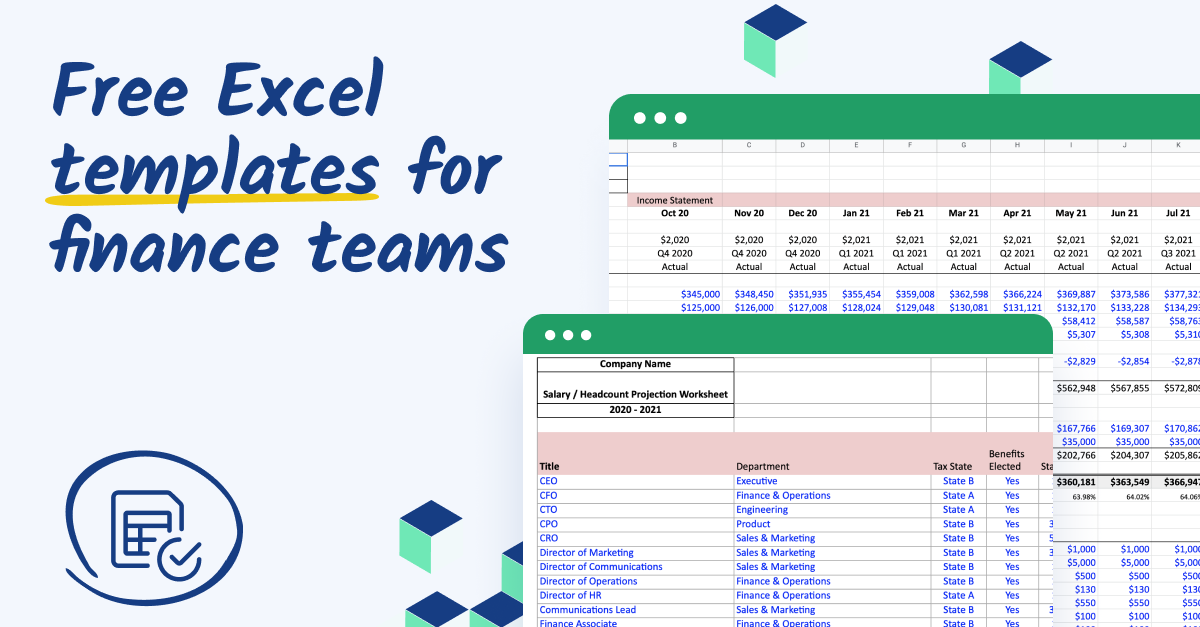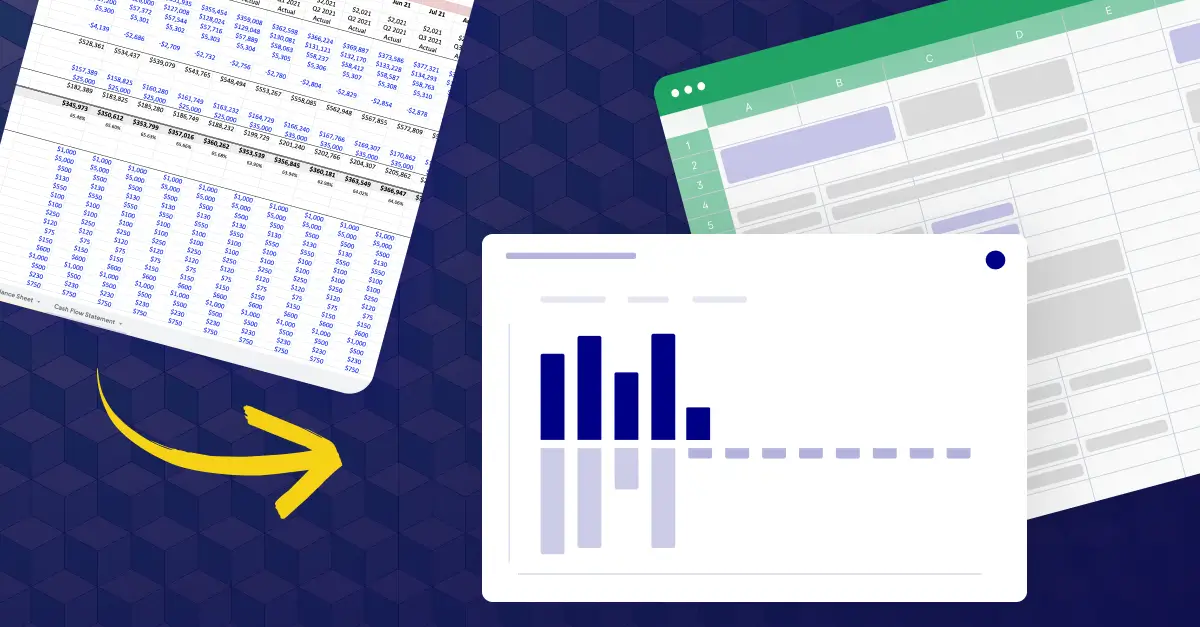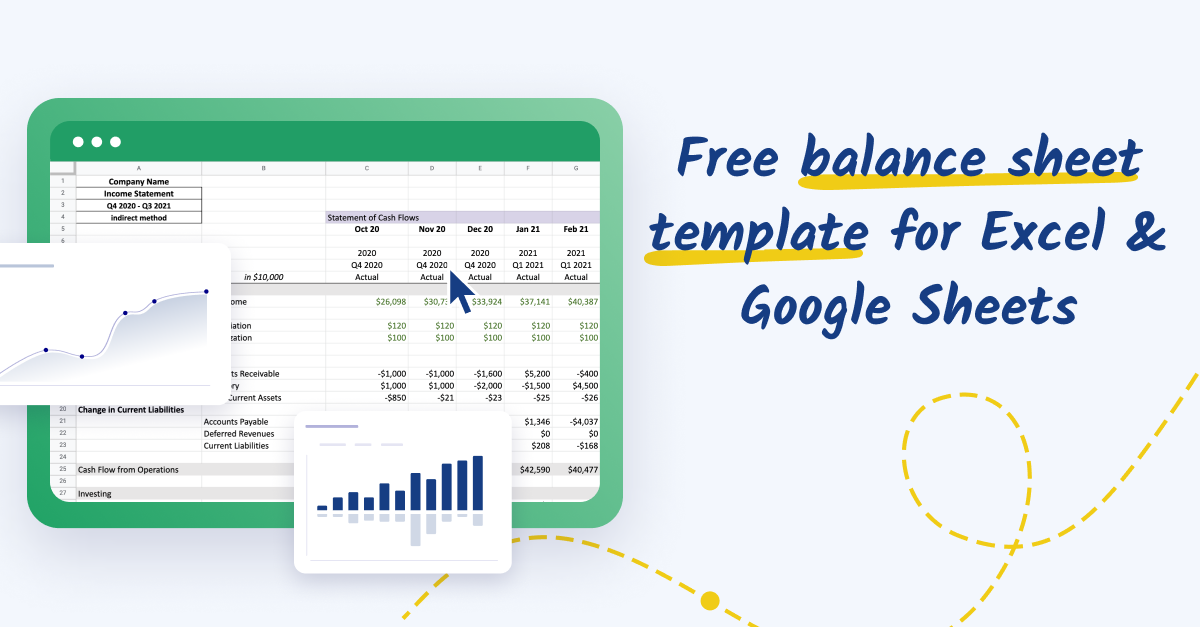Key takeaways
- A pro forma statement is a forward-looking statement that projects a company's future financial performance sans non-recurring costs (like the cost of acquiring some other business).
- They include pro forma income statements, pro forma balance sheets, and pro forma cash flow statements.
- Pro forma financial statements help businesses plan for the future by providing a snapshot of their financials under different scenarios.
What are pro forma financial statements?
A pro forma financial statement is a forward-looking statement that projects a company's future financial performance. “Pro forma” is Latin for “as a matter of form” or “as a formality.”
Pro forma statements help businesses make decisions and plan for the future by providing a snapshot of their financials in different scenarios. Companies often use them to assess their growth potential or obtain financing from investors.
Pro forma statements can be applied to various financial statements, including income, balance, and cash flow statements.
When do we use pro forma statements?
Pro forma statements are helpful during periods of rapid growth or change. Companies can use them to assess the impact of a proposed merger or acquisition, a new product launch, expansion into new markets, or other future changes.
Businesses also use them to make significant decisions such as large purchases, real estate transactions, leases, budget or cash flow projections, financial ratio analysis, and profit/loss projections. It can also be an excellent tool for motivating staff by showing them the company's potential future earnings.
Financial statements vs. pro forma statements
The SEC defines a financial statement as a formal, written record of the financial activities of a person, business, or other entity. From assets and liabilities to income and cash flow, financial statements allow for a complete picture of the current financial standing of a business.
Pro forma statements are a specific type of financial statement that focuses on the impact of hypothetical situations on a company’s future revenue, expenses, and profitability.
Pro forma statements can be misleading since they do not necessarily follow GAAP accounting principles. In other words, they can be made to look rosier than reality.

Pro forma statement formats
Pro forma statements come in a couple of forms. The most common are the pro forma income statement, balance sheet, and cash flow statement.
Pro forma income statement
The pro forma income statement shows a company’s expected revenue and expenses. It illustrates what a business's income would look like if they exclude certain costs.
For example, if a business is considering a new marketing campaign, it’ll want to know how it'll affect its bottom line. They could create a pro forma income statement that excludes the costs of the campaign.
By using pro forma income statements, an organization can get an idea of how profitable the business would be without the campaign expenses.
Pro forma balance sheet
A pro forma balance sheet is a financial statement showing a company’s expected assets, liabilities, and equity after a significant event, such as an acquisition or a new financing round.
An excellent example of using a pro forma balance sheet is if your company considers taking on new debt. You can see how the new debt will impact your company's financial position and make an informed decision about whether to proceed with the loan. After all, interest payments on debt can significantly impact a company’s bottom line.
Pro forma balance sheets are also helpful for showing the financial impact of proposed changes to your business, such as opening a new location or closing a current location.
Pro forma cash flow statement
A pro forma cash flow statement shows a company's expected cash inflows and outflows at a specific time in the future. They can be short-term (for daily operations), medium-term (for financial projections), or long-term (for investments or strategic decisions).
You might use a pro forma statement if you want to predict how new products will impact your company's cash flow or if you’re considering switching to a subscription-based business model.
Of course, this is important because cash runway is critical to a company’s ability to continue growing, pay employees, and invest in product development.
Looking for a pro forma cash flow statement in Excel format? You're in luck.
Click here to download the free Cash Flow Statement: Excel Format.
Benefits of using pro forma analysis
Pro forma analysis (creating pro forma financial documents like the pro forma balance sheet that show hypothetical scenarios of your business) is a valuable tool for your financial planning and analysis process.
These project
1. Financial planning and forecasting
A pro forma template can give you a clear idea of your company's financial health and a possible future outlook. It can give you a sense of whether your business is on track to meet its financial goals and help you identify potential problems that may arise down the road.
For example, a business might release a pro forma income statement to provide a goal or benchmark for the business to hit. This is called a pro forma projection.
Such a pro forma income statement would be based on a financial forecast. It would consider items like a company's current and future operations, financial documents, net profit, projected cash flow, and overall financial health.
A simple financial modeling exercise is to create pro forma projections to show how your company's capital investment might grow over time.
2. Decision-making
This analysis can help you make informed decisions about investments, marketing strategies, pricing tiers, and other aspects of your business plan.
For this reason, it's a best practice to create pro forma statements as in-depth financial forecasts to show the possible future states of your business.
Then you can reverse engineer how to get there.
3. Asset and liability management
Pro forma templates can give you insight into allocating business resources and identifying potential risks that may impact your business.
Let's say you’re considering expanding your business by opening a new location. You can use the pro forma template to estimate the costs associated with this expansion and if it's feasible.
This includes the cost of leasing or purchasing a new facility, as well as the cost of hiring new staff. You can also use the pro forma template to estimate the expected revenue from this new location.
4. Securing investments
Pro forma analysis can demonstrate to potential investors that your business has a great chance of being financially successful in various future situations.
Investors could also use pro forma analysis to assess the potential return on their investment. Almost every fundraiser needs pro forma statements so that potential investors can understand the implications of the new capital infusion.
5. Evaluating protective mergers
Companies often decide to merge with the hope that the combined business will be worth more than the sum of its parts. But, not all mergers create value for shareholders, and some can even cause a loss.
One way to estimate whether a merger will create or destroy shareholder value is to look at the pro forma financial statements and determine if a merger is in the best interests of your business.

Limitations of pro forma analysis
Pro forma analysis is an excellent tool for businesses to get a handle on their financial situation and make informed decisions about their growth. However, there are some limitations to be aware of.
1. Based on assumptions
Pro forma analysis is based on assumptions about the future, such as future sales, costs, and operating expenses. These assumptions may not always be accurate, which can cause misleading results.
It is also dependent on the information that you input into it. This means that if there are any errors in the data, the analysis will not be accurate.
The Securities and Exchange Commission (SEC) is wary of pro forma statements because they are very much based on assumptions, not generally accepted accounting principles.
2. It may not consider external forces
Another limitation is that pro forma analysis does not consider all factors that can affect a business's financial situation. This means that it may not consider external forces that could impact your business—such as the economy, black swan events (like COVID), or unforeseen changes in the market.
Luckily, scenario analysis and sensitivity analysis exist for these situation types.
Pro forma financial statement terms to know
There are a few key terms that you should know when looking at pro forma financial statements.
- Gross margin: The difference between a company's revenue and the cost of goods sold. It’s in the form of a percentage.
- Operating expenses: The costs associated with running a business, such as rent, utilities, and salaries.
- Net income: The difference between a company's revenue and expenses. It is also in the form of a percentage.
- EBITDA: Earnings before interest, taxes, depreciation, and amortization. It is a measure of a company's profitability that excludes these items.
Conclusion: download our free pro forma statement templates for Excel or Google Sheets
Looking for a pro forma statement template to create your own financial statements? We've got you covered!
Enter your work email information, and you'll be able to see how your business is performing.
3-statement model pro forma template
Download it here.
A 3-statement model forecasts a company's future financial performance based on its past performance, intending to predict things like revenue, expenses, and cash flow. It combines three key reports: the income statement, balance sheet, and cash flow statement.
What's inside the 3-statement model template:
This template combines three key reports:
- Income statement: One of the most critical financial statements. It reveals the business's ability to make a profit (and the extent of that profit).
- Balance sheet: When paired with the profit and loss statement, the balance sheet shows how much cash or investment you need to support the sales and profits on the income statement. Net income from the income statement flows into the balance sheet as a change in retained earnings (adjusted for payment of dividends).
- Cash flow: This statement displays the change in cash over a period, along with both the beginning and ending balances for that period in cash.
Your cash flow statement takes net income and adjusts it for non-cash expenses. From there, you can reference changes in the balance sheet to find cash usage and receipt patterns.
Download it here.
Budget vs. actuals pro forma template
What is a budget vs. actuals statement?
A budget vs. actuals statement is a financial document that compares an organization's budgeted income and expenses to its actual income and expenses. This statement can help organizations track their progress toward their financial goals and identify areas where they may need to make adjustments.
Download it here.



.png)









